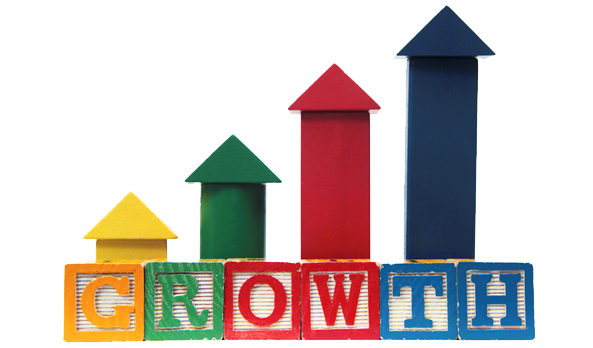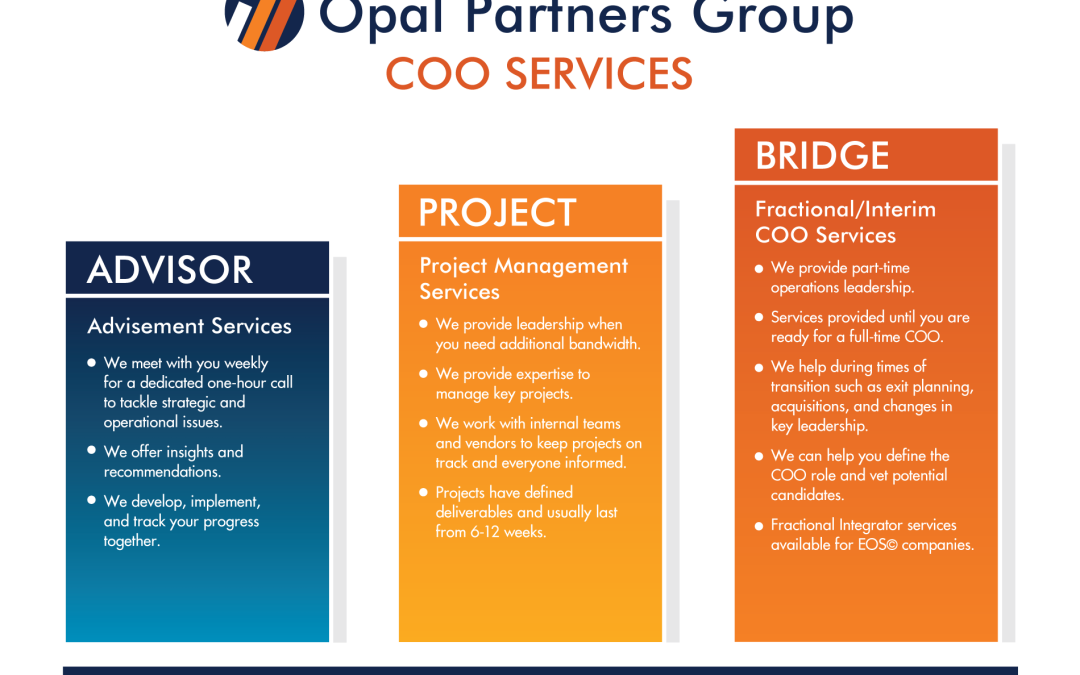
by Cary Matthews | Feb 6, 2024 | Fractional COO, Growth, Integrator, Strategy
Growth is good – until it isn’t. If you grow too fast, you can damage your brand, compromise your product, and burn out your team. Good growth is managed and planned. Let’s look again at a lesson from recent history. Toyota has long been recognized for their...

by Kevin | Feb 6, 2024 | Fractional COO, Success, Vision
It’s lonely at the top. We’ve created a myth of the confident CEO or business owner who has all the answers. Deep down, you know you don’t have all the answers. The truth: no one does. CEOs of larger businesses may have a proven executive team who can act as a...

by Kevin | Feb 6, 2024 | Culture, Customer Service, Fractional COO
Recently, I had two very different experiences with customer service that proved to be a master class in how to deal with customers. Both situations concerned lost packages, and I spoke with the shipper rather than the company selling the product. The difference was...

by Kevin | Feb 6, 2024 | Fractional COO, Strategic Planning
Years ago I was helping someone cut down two trees from a clump of trees in their backyard. The first one fell exactly where we wanted. As we started on the second one, it started leaning in the wrong direction, pointed right at their house. We stopped so we could...

by Kevin | Feb 6, 2024 | Fractional COO, Strategy, Success, Survival
I was not moving, stuck against a rock and fighting the current. It took all the effort I had to make progress. My choices were to figure out a new approach to moving my kayak or getting out and admitting defeat. I finally leveraged my way into open water. In that...







